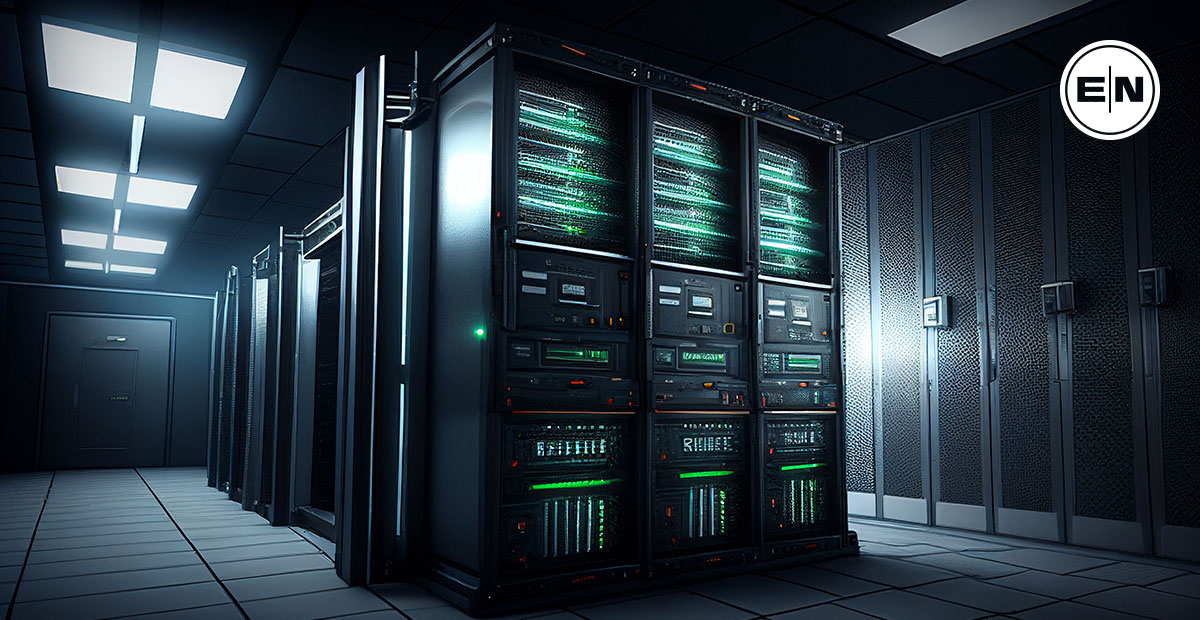Difference Between BCP and DRP and Why Does it Matter

Running a successful business isn’t just about developing quality products and determining the highest-performing marketing tactics. It’s also about planning for unforeseen circumstances that could put the business on hold temporarily and completely wipe it out for good. Business continuity and disaster recovery plans are used by businesses to prevent this from happening, by establishing strategies and backup maneuvers in advance. That way, when disaster strikes, your business is ready, and your team knows exactly what they should do.
Although many people are under the misconception that BCP and DRP are one in the same, they are entirely different. Smart business practitioners understand these differences and realize that they need both kinds of plans in place to adequately safeguard their business. This article will explain the differences between the two, and outline some key insights when it comes to developing a set of plans that will ensure success and security for you and your business.
HOW TO START?
A business continuity planning (BCP) and disaster recovery plan (DRP) are critical for companies’ responsiveness and ability to recover after interruptions in normal business functions. To ensure that all planning has taken place, the Business Continuity Plan (BCP) and Disaster Recovery Plan (DRP) require a specific set of requirements to be reviewed and implemented. Here are the main steps for creating a sound, logical business case and detailed requirements document (BCP/DRP):
- Define Project Scope;
- Business Impact Analysis;
- Identify Preventive Controls;
- Recovery Strategy;
- Plan Design and Development;
- Implementation, Training, and Testing;
- BCP/DRP Maintenance.
Business Continuity vs. Disaster Recovery (BCP vs. DRP)
A business continuity plan (BCP) is a document that outlines what actions should be taken if something disrupts your company’s normal operations. It’s usually used by companies operating 24/7, such as banks, airlines, and telecommunications providers. A Disaster Recovery Plan (DRP) is a plan describing how to restore services after a disaster. It’s usually used for businesses that operate during certain hours, like retail stores and restaurants.
A BCP is a broad overview of what’s needed to restore services after a disruption. It describes the general steps required to restore service, but it won’t include any details on implementing those steps. A DRP will provide step-by-step instructions on how to restore services.
Business Continuity Planning
A business continuity plan (BCP) is something that all businesses should have in place. This plan ensures that your enterprise will be able to continue running in the event of a significant disruption. A solid BCP will first outline the functions of your business and denote the systems which must be kept intact for the business to run. Next, a BCP should present a plan on how these systems will be maintained during a disruption.
What Disruptions Could My Enterprise Face?
Ideally, your BCP should cover as many disruptions as possible. Disruptions could be anything from a natural disaster to a cyber attack. Remember that human error can even cause some disruptions. A BCP is crucial because it can save businesses thousands and millions of dollars in damages in the event of a disruption. Without a proper BCP in place, any of these disruptions could force your business to shut down temporarily.
Developing a Solid BCP
But how does one go about developing a business continuity plan that will make a difference right when it counts? The first thing to understand is that an IT business continuity plan should be developed by a team of professional IT staff and your company’s upper management. Together, this team will not only be able to identify the business functions that need to be covered but will also be able to address the complex technical intricacies of these functions–both of which are extremely important when it comes to BCP success.
Elements of a Good BCP
- The plan should be laid out as a document, or manual, in anyone can follow in the event of a disruption.
- Up-to-date contact information for the company’s head management should be placed first and foremost on the plan so that they can be alerted immediately in the event of a disruption.
- Change management procedures the company should follow.
- The purpose and scope of the BCP.
- Guidelines that explain when and how to activate the BCP.
- Company policies are surrounding the plan.
- What to do in the event of emergencies.
- A step-by-step outline of how to activate the BCP.
- The Visual aids are to be added as necessary.
- A schedule that ensures that the plan will be regularly reviewed, updated, and tested.
What is the biggest difference between disaster planning in business continuity planning
Disaster planning is preparing for what could happen during a natural disaster such as a hurricane, earthquake, tornado, flood, etc. Business Continuity Planning is preparing for what could go wrong at work, like losing power, water, or internet access.
Business Continuity Plan Vs Disaster Recovery Plan
Business Continuity Plans are usually more detailed than disaster plans. They include identifying backup sites, emergency contacts, and other details that would help if there was a major loss of data or equipment. Disaster plans focus more on getting people back up and running quickly after a disaster strikes.
A Business Continuity Plan (BCP) consists of a business impact analysis, a risk assessment, and overarching business continuity and disaster recovery plan. It also includes evaluating all backup systems and ensuring any redundant equipment critical to recovery is updated and working.
Disaster Recovery Planning
While a BCP is designed as a strategy to keep a business running during disruptive events, an IT disaster recovery plan (DRP) is entirely different. Instead, a disaster recovery plan will enable your business to restore its system information (data, applications, etc.) if physical damage or destruction happens to your IT infrastructure (servers, data center, etc.).
Disaster recovery planning typically focuses on the IT and technology infrastructure that supports critical business functions.
How will a Disaster Recovery Plan Help My Business?
As you likely already know, data is essential to the operation of your business. For example, your business’s data consists of payment information, inventory track sheets, contracts, manufacturing operational guides, etc. A DRP is designed to help your staff understand how to recover this critical function data if a significant catastrophic event destroys the physical infrastructure that houses it. Events such as natural disasters and acts of war have forced many companies to defer to their DRP plans in the past, and any company that doesn’t have one found itself with a severe case of regret.
The Importance of Advanced Planning
Businesses should plan ahead for disasters. Business continuity and disaster recovery plans can help them reduce the impact of a catastrophe. Employees and business owners alike may be more relaxed when they know what to do if a disaster strikes. Crisis Management Plans are developed by the company to deal with any potential crises. Employees are trained to follow the plan and make sure everything goes smoothly.
Elements of a Good DRP
- Backup data should be stored off-site.
- Schedule regular backups to keep backup data up-to-date. The more recent a backup has been performed, the better your DRP will work when needed.
- Backup data should be stored in a non-local area in case of a widespread disaster in the town or city in which your business resides.
- Multiple backup data storage locations ensure that all your bases will be covered in the event your primary backup data storage location also fails.
- Recovery time objectives (RTOs) and recovery point objectives (RPOs) should be established. RTOs, determine how long it takes to get back online once your primary data storage facility has failed. RPOs determine how much data can be lost before the business must start over again.
A good DRP includes a list of alternate facilities where your data could be stored. These are known as “hot site” locations. This way, if your primary data storage facility fails, you can move your data to another hot site location within a reasonable amount of time.
Why DRPs are Critical to Modern Business
In the past, many companies chose to forgo the implementation of an IT disaster recovery plan. This is because disaster recovery services were seen as a costly and unnecessary expense. However, today’s computer networks are facing increasing threats due to advancements in technology. This means that the importance of disaster recovery plan initiatives can no longer be ignored. It isn’t just a natural disaster your company has to contend with, but also malicious acts such as terror attacks and cybercrime, not to mention power outages, human error, and misconfigurations.
Luckily, these same technological advancements have now made DRP implementation all the more affordable, even for small-sized businesses. Disaster recovery systems that operate via the cloud provide the latest and most affordable way to keep your business data safe and secure, giving you the ultimate peace of mind.
Summary
While it may be tempting to put your Business Continuity vs Disaster Recovery Plan (BCP vs DRP) on hold, believing that you will probably never need them, it’s most important to realize just how critical these plans are. In fact, one Gartner study found that 40% of businesses cannot recover after a major disaster, and among those who do, one-third end up going out of business within two years after the disaster.
Remember, there are various managed service provider services available today which rely on cloud technology to make business continuity and disaster recovery implementation a breeze, and quite affordable for any size business. Many of these services even offer 24/7 network monitoring. Don’t take the risk and become a statistic, get started on your company’s BCP and DRP strategies today!





